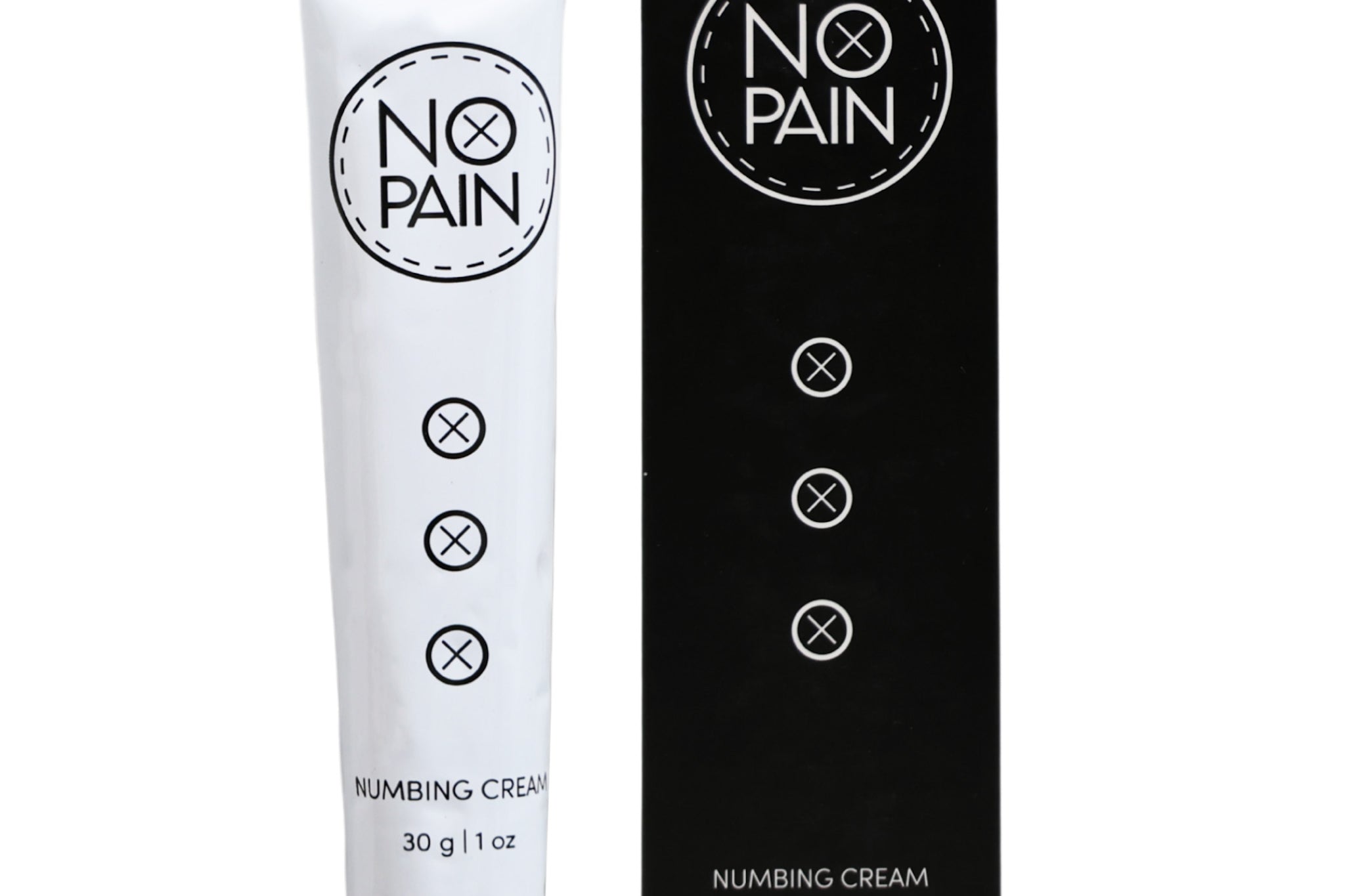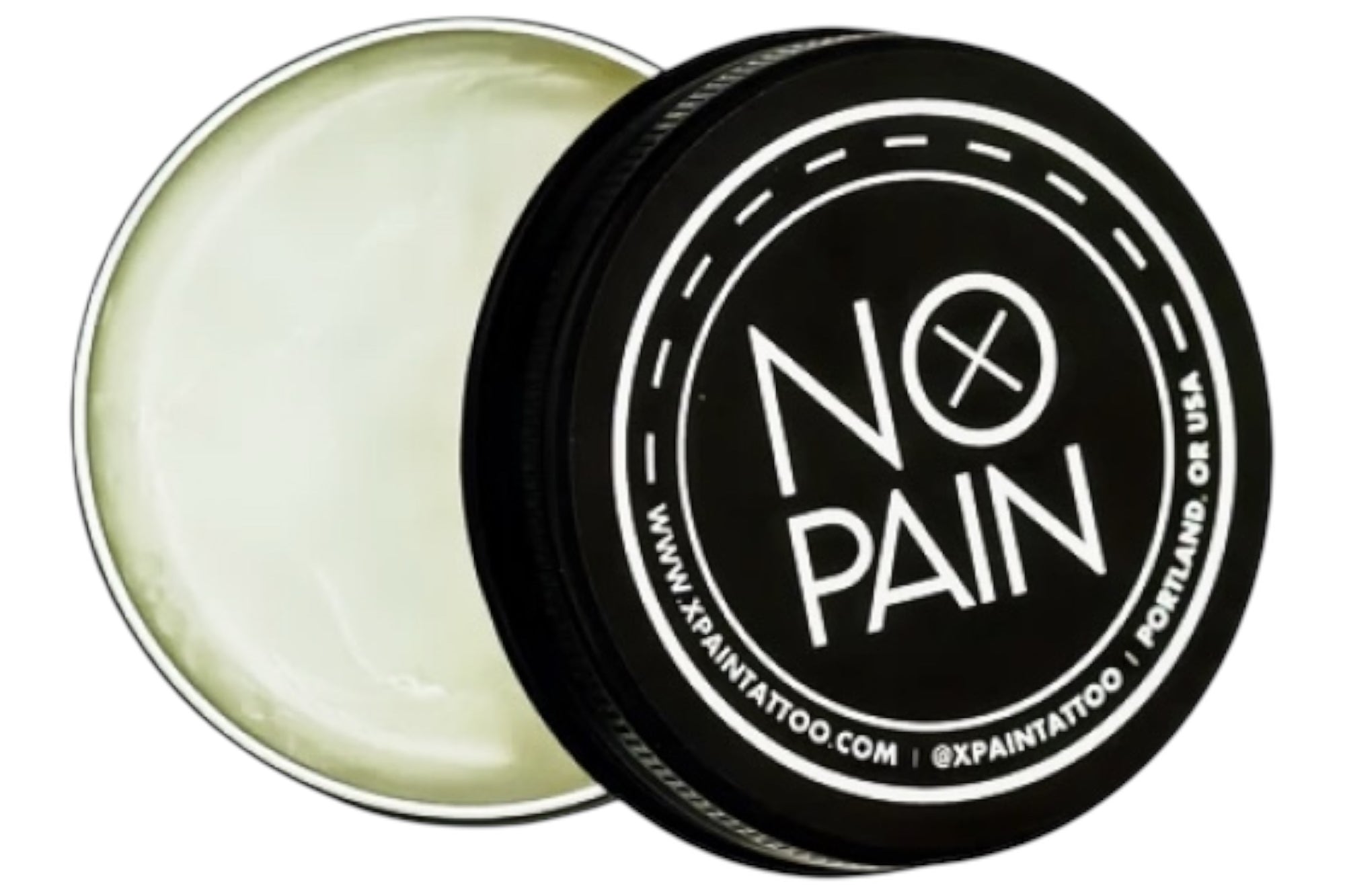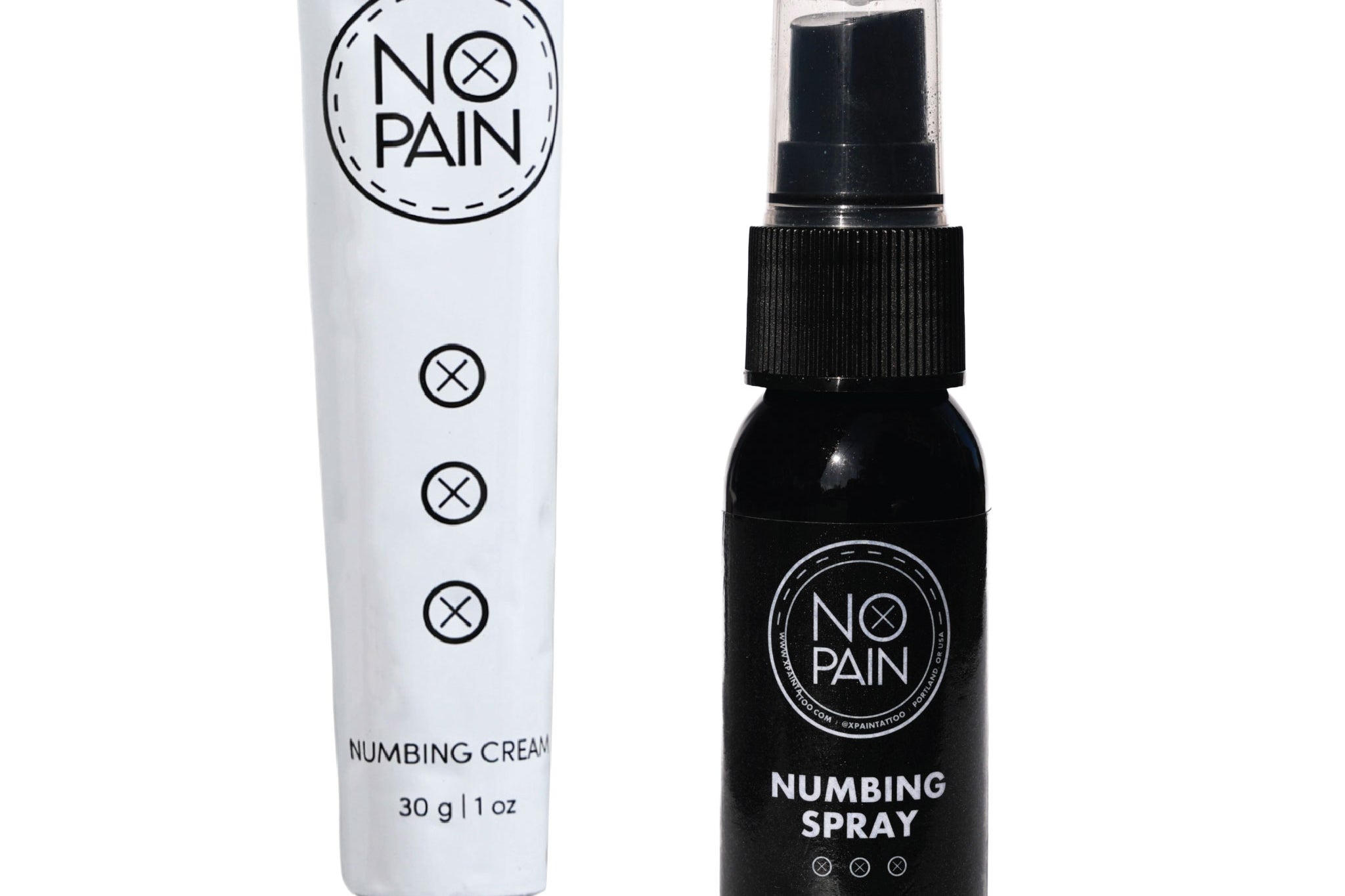It’s a perfect time to be scrolling for inspiration for your next piece of ink. As you look at stunning, complex designs, you might notice that the most powerful tattoos aren't just about what's been inked; they're also about what's been left out. This is the art of negative space.
Understanding how a skilled tattoo artist uses negative space is a key to unlocking a more sophisticated appreciation for tattoo design. It's a fundamental principle of art that separates a good tattoo from a truly great one. This is your guide to the power of what isn't there.
What is Negative Space in a Tattoo?
In simple terms, negative space is the untouched skin within and around your tattoo design. It's the "background" that your "subject" sits on. A great artist doesn't just see this as empty space; they see it as an active and powerful design element.
The Two Ways Artists Use Negative Space
1. To Create "Breathing Room" and Focus
The most common use of negative space is to give a design room to breathe.
-
The Problem with "Too Much": A tattoo that is too cluttered, with too many elements crammed into a small area, can be difficult to read. Over time, as the tattoo naturally settles and softens, a cluttered design can blur into an unreadable mess.
-
The Solution: A skilled artist will strategically use empty skin to create contrast, to draw your eye to the most important parts of the design, and to ensure the tattoo is clear and readable from a distance.
2. As an Active Design Element (The "Hidden" Image)
This is the most clever and artistic use of negative space. The artist will use the shape of your untouched skin to create a "hidden" image within the larger, inked design.
-
The Technique: Instead of drawing an object with black lines, they will tattoo the area around the object with solid black, and your skin itself becomes the "color" of the subject.
-
Popular Examples: This is very common in modern blackwork tattoos, where you might see a floral pattern created out of the negative space within a solid black band, or an animal's silhouette formed by the skin left untouched in a geometric pattern.
Why Negative Space is Crucial for How Tattoos Age
A tattoo with well-planned negative space will look better for a longer period. The "breathing room" between the inked lines gives the tattoo space to naturally soften and spread over the decades without the lines blurring into each other. This is a critical part of how to design a tattoo that is built to last.
The Aftercare: Protecting the Crisp Edges
The success of a negative space design is entirely dependent on the crisp, clean edges between the inked skin and the un-inked skin. A bad heal with heavy scabbing or a tattoo blowout can ruin this effect, making the edges blurry and indistinct.
-
A flawless tattoo aftercare routine is essential. Our No Pain Tattoo Aftercare Bundle provides the gentle Cleansing Foam and Aftercare Balm needed to ensure those critical edges heal perfectly.
The Verdict: Negative space is more than just empty skin; it's one of the most powerful tools in an artist's arsenal. The next time you're planning a custom tattoo, don't just think about what you want to get tattooed; think about the beautiful and powerful art of what you'll leave out.



